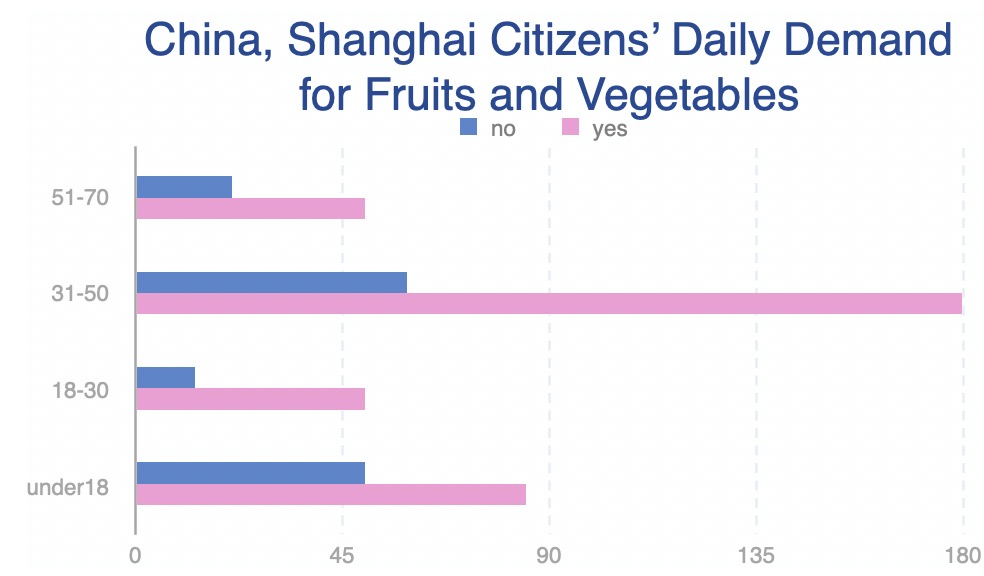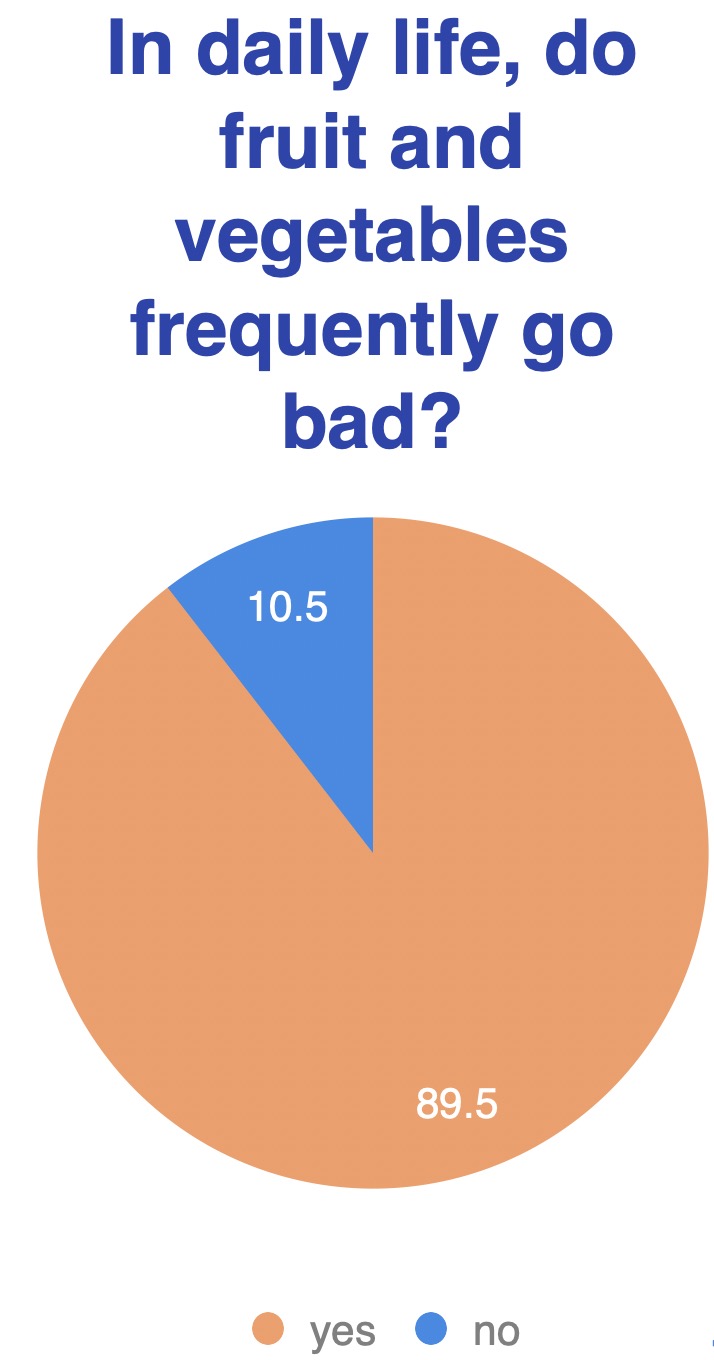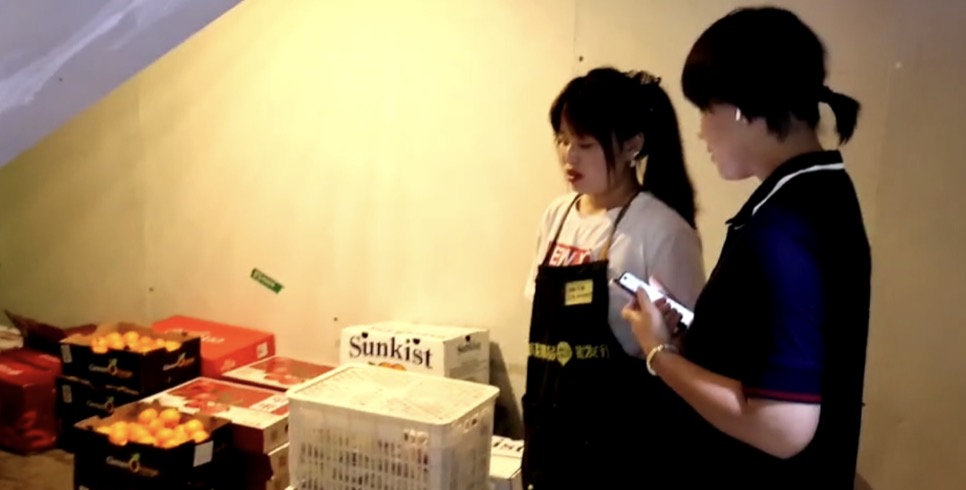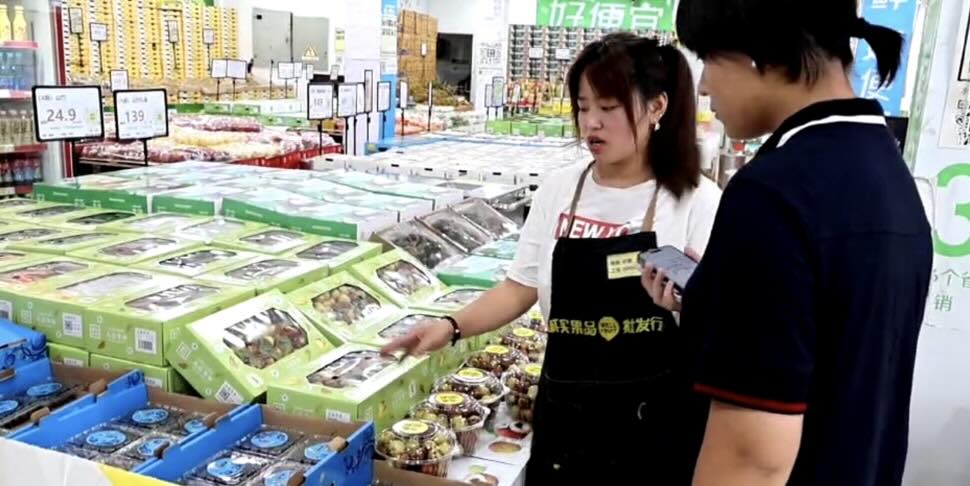(Default content of this page. This content will be deleted before final submission.)
Integrated Human Practices
Overview
In the section on Human Practice and education, we will emphasize how the environment we live in affects our decisions and how the products we make affect others or benefit more people. Our team has established contact and effective communication with people in different industries, scholars, or experts, and has the effect of being influenced and influenced. Here we will explain our specific product description design, the information brought by the questionnaire survey can enable us to improve our products, as well as our field visits, online interviews with experts and enterprises, and even the academic exchange with the iGEM university team of Shanghai University of Science and Technology. In addition, the promotional ideas we have built or the execution we will achieve in the future will also be displayed and explained in detail on this page. Of course, we also reflected on the failures in the experiment, collected opinions and improved, and revised our strategies and plans for laboratory experiments. And when necessary, keep in touch with mentors and ask for help to solve problems. In other words, it can be summarized as: from the conception of the project, to effectively seeking help and communicating and thinking about the feasibility and implementation of the project, to the reflection stage to carry out the necessary modifications of the project, and finally the expansion of the project after the stability of the project.
Desk research & Survey work
In order to understand the current situation of the preservation market, we have collected a lot of data and sorted it out.
Table of current food preservation methods.pdf
At the same time, in order to understand the current situation of food preservation in the people and the needs of the public, we made an online questionnaire. To ensure the privacy of the respondents, all questionnaires were answered anonymously.
We also create a veggies questionnaire to veggies individual providers to collect the information of potential customers.
We choose 2 results or responses to show here in the followings: The first content is that “China, Shanghai Citizens’ Daily Demand for Fruits and Vegetables”.

Respondents across all age groups have expressed a substantial demand for fruits and vegetables, with a particularly high emphasis noted among middle-aged individuals (31 to 50 years old).
The second content is the question for customers: “In daily life, do fruit and vegetables frequently go bad?”

A significant observation reveals that nearly 90 percent of respondents frequently encounter situations where fruits and vegetables decay in their daily lives. The disposal occurs when these items become stale, inedible, or eventually liquid due to factors like damage, overripening, improper storage, microbial infection, or prolonged exposure to environmental conditions.
Field investigation
During our visits to three fruit and vegetable and fresh stores, we found that each store used cold storage areas to store unsold fruit. However, the owner of one store in particular pointed out that putting vegetables in the refrigerator after a day on the counter does not help to keep them fresh. We also learned that the common preservation method used in the market is to store fruit in a cold storage area at night, and use a humidifier or spread ice during the day to extend the preservation time. However, these methods have the problem of environmental pollution and high electricity costs.
In a follow-up interview, we introduced the concept of liquid plastic wrap to each store owner. The owners of two shops are aware of this, but they are generally concerned that the preservatives on the market mainly contain chemicals, which may cause contamination of fruits and vegetables and endanger the health of customers.
We succinctly explained our technical idea of developing edible, easy-to-clean liquid plastic wrap by combining antimicrobial peptides and silk proteins, using non-toxic and safe substances. This membrane can inhibit bacterial growth, biodegradable, extremely environmentally friendly. All three bosses said they were looking forward to such a product, but they said the first condition was to ensure the safety of the product.
It is worth mentioning that one of the shop owners made it clear that he is willing to try the product as long as the food safety is ensured. We are encouraged by this support, but also recognize that food safety is critical to the introduction of new technologies. Therefore, we will adhere to the principle of safety first to ensure that the liquid plastic wrap we have developed not only has a superior fresh-keeping effect, but also brings dual benefits to people's health and environmental protection.


Interview with professors
Interview 1:
This article mainly introduces the research direction and views of Wang Mingchun, an associate professor of food Science and engineering at Anhui Agricultural University. He analyzed the preservation technology on the market at present, and divided it into several categories such as air conditioning preservation, chemical preservation and physical preservation. He thinks chemical preservation is simple and effective, but people are worried about food safety; There are large air-conditioned fresh-keeping warehouses and small-packaged air-conditioned fresh-keeping boxes, the latter can be sold directly to consumers; Physical preservation includes ultra-high pressure, irradiation, low temperature plasma and other technologies, among which irradiation preservation efficiency is high, but there are food safety limitations and large equipment investment problems. In addition, Associate Professor Wang Mingchun also mentioned that they are developing a biological preservation technology based on antimicrobial peptides, and asked for his views and suggestions on this project. He pointed out that if the preservative is based on food-grade protein hydrolysis, then its safety should be reliable. However, from protein to hydrolytic peptide, its material state and chemical structure have changed, and it is still necessary to evaluate its food safety if it is to be applied in food or in materials in contact with food. Therefore, first of all, it is necessary to clarify the application method, if added to food, it must be edible; If the material is prepared into direct contact with food, such as edible film, it still needs to have edible characteristics; If it is prepared into a material that is not in direct contact with food, the requirements for its edible characteristics can be relatively reduced.
Interview 2:
Mainly discussed the current preservation technologies in the market and the opinions on these technologies. The author believes that although various kinds of preservation technology has made great progress, there are still some problems, such as physical preservation effect is not outstanding, chemical preservation operation is complicated and inconvenient, the residual amount of preservative, safety and environmental friendliness need to be improved. The author looks forward to the emergence of safer, better and safer preservation technologies and preservatives. The article also mentions the authors' tendency to improve the preservation effect of antimicrobial peptides on specific items, and emphasizes the importance of biosafety, ease of operation, residue status and environmental friendliness. At the end of the paper, it is mentioned that there are some technologies similar to the author's project on the market at present, but the overall use effect needs to be improved, and the target product is expected to have greater comparative advantages in terms of effectiveness and economic applicability.
Interview 3:
Mainly discussed with Associate Professor Wang Li's views on the current situation of preservation technology and suggestions for the development of storage preservation industry in China. She believes that the preservation technology industry needs to rely on scientific and technological innovation to solve the problem of development, and comprehensively improving the level of science and technology is the fundamental way to achieve industrial upgrading. At the same time, the competent government departments need to lead and promote the publicity and promotion of preservation technology, formulate and improve food hygiene and safety standards and norms, and strictly implement these regulations. Establish intermediaries for preservation technology services, promote cooperation between preservation technology and entities such as suppliers of preservation equipment, banks and investors, and promote the application of preservation technology in most fruit and vegetable bases and food enterprises in the country. The ultimate goal is to establish a number of advantages, characteristics, and basic preservation enterprises, so that it will become an important force to guide the adjustment of agricultural and rural economic structure and the strategic adjustment of the food industry.
Education
In order to introduce our product, we gave some lectures for students, please refer to Education and Communication section.
Development Plan
As our products have the commercial potential to fill the gap in the market, we have carried out in-depth thinking and comprehensive ideas for its development, please refer to Entrepreneurship section.